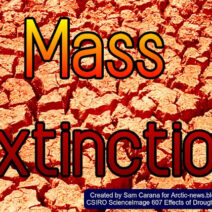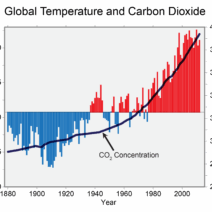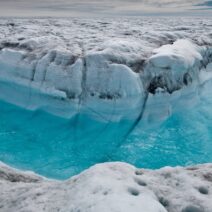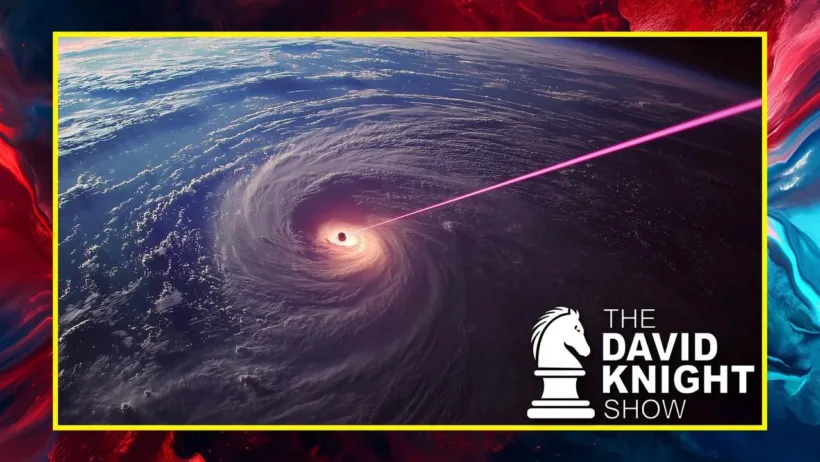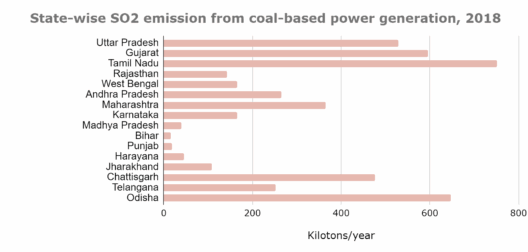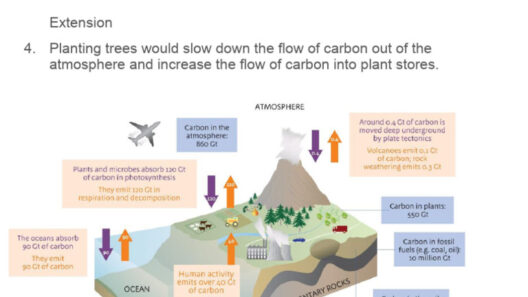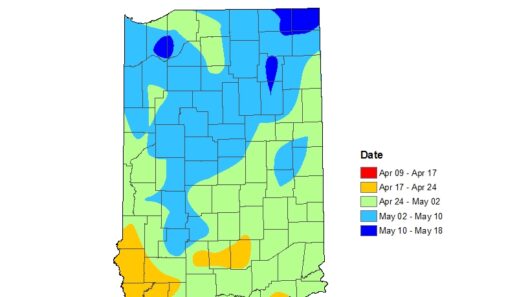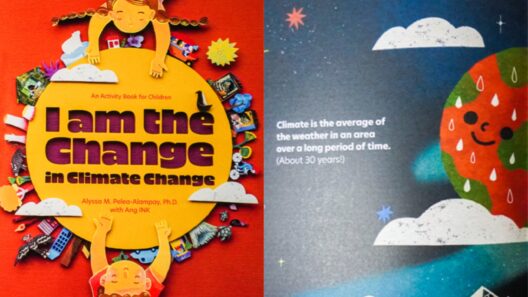Climate shift, often referred to as climate change, encapsulates a profound and enduring alteration in weather patterns that disrupts ecosystems, economies, and communities. This phenomenon manifests itself over extended periods—decades to millennia—culminating in an unmistakable transformation that lacks the variability we once regarded as normal. With rising global temperatures, shifting precipitation patterns, and more frequent extreme weather events, the question arises: Are we witnessing a climate shift, or is it merely weather behaving poorly? This playful inquiry underscores the urgency of understanding the underlying mechanisms that drive persistent climatic changes.
The crux of climate shift lies in the concept of altered weather patterns—changes so substantial that they redefine our natural and socio-economic paradigms. What constitutes a climate shift? At its core, it is the persistent change in temperature, precipitation, and wind patterns that markedly diverges from historical norms. This shift can result from a myriad of factors, including volcanic activity, solar radiation variations, and, predominantly, anthropogenic influences such as deforestation, pollution, and greenhouse gas emissions. Let’s explore how these factors weave into the fabric of a warming planet.
The greenhouse effect is a critical player in this scenario, where gases such as carbon dioxide and methane trap heat in the Earth’s atmosphere. As industrialization accelerated post-1750, human activities contributed significantly to this phenomenon, consistently elevating the concentration of these gases. Consequently, average global temperatures have risen alarmingly, marking a pivotal shift away from the climate equilibrium we once enjoyed. For instance, the Intergovernmental Panel on Climate Change (IPCC) has consistently warned that the world is heading toward catastrophic temperature increases if emissions continue to rise unabated.
However, it’s imperative to recognize that climate shift isn’t merely a matter of heat; it also encapsulates fluctuations in precipitation patterns. These alterations impact agricultural patterns, water availability, and biodiversity. Changes in rainfall distribution can turn fertile lands into arid deserts or, conversely, cause flooding in regions that previously experienced moderate weather. The lifeblood of economies and ecosystems alike, water availability has become an alarming casualty in the age of climate change. The water stress is palpable—are we prepared to recalibrate our resource management to adapt to these emerging realities?
Delving deeper into the multifaceted dimensions of climate shift, one must examine the role of feedback loops in accelerating these changes. Albedo effect, for example, refers to how different surfaces reflect sunlight. As ice caps and glaciers retreat under rising temperatures, darker land or ocean surfaces become exposed, absorbing more heat and perpetuating a vicious cycle that hastens global warming. This feedback mechanism exemplifies the intricate interdependencies inherent within our climate system.
As these shifts unfold, the implications for biodiversity are equally grave. Ecosystems around the globe are undergoing unsustainable stresses, leading to species migrations, habitat loss, and increased extinction rates. Flora and fauna that once thrived in specific climates find themselves ill-equipped to adapt to new conditions, resulting in biodiversity degradation. The paradox surfaces: how can we balance human advancement with the preservation of the very ecosystems that sustain life on Earth?
Moreover, the socio-economic ramifications stemming from climate shift demand attention. Communities globally grapple with the repercussions of erratic weather—from crop failures leading to food insecurity to the displacement of populations due to rising sea levels. Vulnerable communities often bear the brunt of such transformations, lacking the resources to adapt to sudden environmental upheaval. The challenge becomes increasingly evident; what methodologies can we employ to empower these communities while addressing the root causes of climate change?
A behavioral shift is also vital in combating climate shift. Individual and collective action plays a crucial role in curbing emissions, conserving resources, and promoting sustainability. Awareness campaigns, technological innovations, and legislative measures can catalyze change at multiple levels. Yet, these solutions require systemic changes in how societies function—are we prepared to redefine our relationship with the environment?
As climate shift continues to challenge our planet, the urgency of action intensifies. The interactive nature of climate systems serves as a reminder that our interventions must be thoughtfully considered and comprehensive. Mitigation strategies, adaptation practices, and international cooperation should take precedence in policy discussions. A concerted global effort is imperative; climate change knows no borders. It begs the question: Are we willing to work collaboratively across nations to confront this existential challenge?
In conclusion, climate shift is not merely a transient phenomenon. It represents a critical juncture in the trajectory of life on Earth, necessitating profound reflection and immediate action. Understanding the science behind climate change equips us to tackle the looming challenges ahead. As weather patterns morph and evolve, so must our responses—adaptation, resilience, and sustainability must become our guiding principles. Will we rise to the occasion and transform our approach to climate stewardship, or will we remain passive spectators to a planet in distress? The choice rests firmly in our hands.
